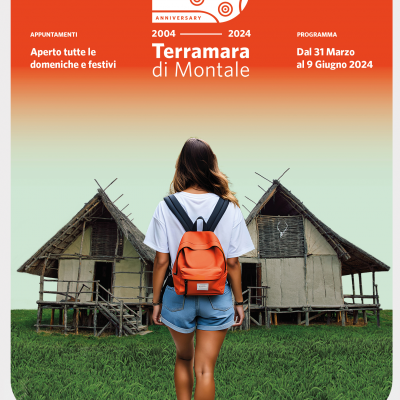
Archaeological Park and Open-air Museum of Terramara di Montale
Un museo all'aria aperta dove vivere l'Età del Bronzo che quest'anno compie 20 anni e ti offre speciali iniziative programmate il 27 e 28 aprile.
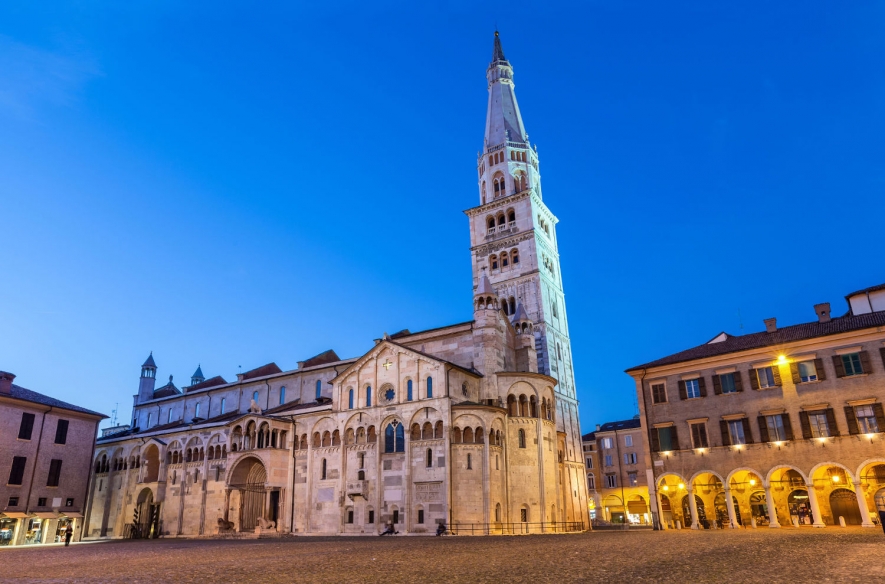
Romanesque churches, archeology, signs of the Este domain, the places and events dedicated to the Modenese cuisine. If you are wondering what to see in Modena and surroundings, you will be spoilt for choice!
Discovering Modena is a pleasure. Strolling through its arcades, resting in an open-air café, being enchanted by suggestive views and admiring the colorful facades of its buildings. But what are the things to see in Modena, exactly? What are the must-see places? We'll tell you about it right away, and not just about the city. If we move a few kilometers away, in fact, the surprises will all but end.
Modena: First stop is the Cathedral. Declared a World Heritage Site by UNESCO along with the Ghirlandina Tower and the entire complex of Piazza Grande, it is one of the most iconic masterpieces and buildings of the Romanesque, so much so that many churches of the same period in northern Italy were built from its model. Its very foundation has a peculiar history, which tells a lot about the spirit of the city and its inhabitants. The works began in the year 1099 by the will of the people of Modena, in a period when the city had no bishop after the last one had been excommunicated, without waiting for the permission of the ecclesiastical authorities. An act of autonomy very audacious for that time. In fact, Nobel Prize winner Dario Fo will title The Temple of Free Men his book dedicated to the cathedral of Modena.
The phases of its construction are all documented, a rather unique event: we know the name of the architect, Lanfranco, and the sculptor of the bas-reliefs, Wiligelmo. These are precisely what makes the Cathedral a true "Stone Bible" for the faithful, staging the stories of Adam and Eve, Cain and Abel and the Great Flood. Biblical scenes, then, but not only: we also find sculptural cycles dedicated to the months and to the main activities that characterise them - a very common theme in the Romanesque, - the stories of San Geminiano, the patron saint of the city, and even the story of King Arthur - another unique event.
The Romanesque style is very present throughout the territory of Modena, so that even in the province there are well-preserved Romanesque churches: smaller, more discreet and destined to the common folk in the countryside and in the mountains, but no less fascinating. Among the hills of the Terre di Castelli, the austere Pieve di Trebbio is also worth a visit due to its natural surroundings, in the heart of the Sassi di Roccamalatina Regional Park. Another example of Romanesque among the hills is the Oratorio di San Michele in Levizzano Rangone, a small structure that emerges among the vineyards of the Lambrusco Grasparossa and houses within it ancient gothic frescoes.
But the history of Modena begins well before the Middle Ages. The whole area appears to have been populated since Prehistory, as well as being inhabited by Etruscans, Celts, Gauls, Romans - who re-found the city with the name of Mutina - and Longobards. As often happens in Italy, even here it is enough to dig for the signs of the past to resurface. Tombs, tools, remnants of houses and streets. The Lapidary Museum and the Civic Museums of the Palazzo dei Musei tell us the most ancient history of Modena.
A history that unites the city and the surrounding territories. If we talk about Prehistory, the Modena area is famous for having hosted very particular Bronze Age settlements called Terramare, dwellings on stilts fixed in the ground and surrounded by watercourses. Thanks to the many findings, the Archaeological Park of the Terramara di Montale is able to tell us - and make us live - the terramare culture, enriching the visits with games and manual activities especially for children and teenagers.
To complete the prehistoric picture, there are three other stops not to be missed, such as the Civic Museum of Vignola, which displays numerous mineral and fossil findings from the Paleozoic and Mesozoic eras found in the Panaro valley. If instead you want to know more about the ancient anthropization of the territory, the Antiquarium of Spilamberto is rich in pieces of considerable interest dating back to the Bronze Age up to the Roman age. Both the adults and the children will love the Museum of Venere and the Elephant in Savignano sul Panaro, dedicated to the two main findings of the area: a female statue with abundant forms dating back to the Paleolithic and the impressive skeleton of a female mammoth that lived about 2 million years ago.
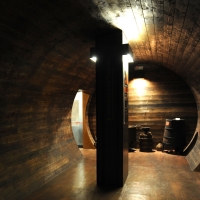
Just go a few kilometers from Modena to discover all the secrets of the production of Traditional Balsamic Vinegar. Spilamberto, headquarters of the Consorteria ABTM, has dedicated a museum to this particular and precious product, fruit of a long tradition made with wisdom and patience. An all-Modena myth that has no equal in the world, and that the Spilamberto museum tells in an engaging and complete way
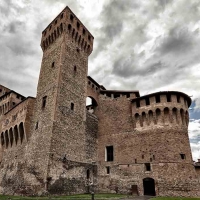
A historic fortress guarding the border between the Modena and Bologna territories, over the centuries it has become an elegant residence for the dominions of the Contrari before and then the Boncompagni family. The Rocca di Vignola is a unique monument of its kind: outside a military structure, inside a building of enormous artistic value thanks to the frescoed rooms and chapels. The dominant position on the course of the Panaro river adds charm to an unmissable monument for those passing through these parts.
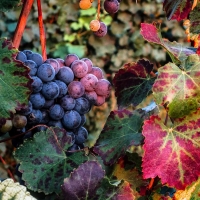
Do not miss the Grape and Lambrusco Grasparossa Festival, the Modena wine par excellence. Red, light and sparkling, it knows how to conquer all palates, especially when paired with the gastronomic specialties of Modena. The history of this wine has very distant roots and its “lovely" variety, the Lambrusco Grasparossa, was born in the Terre di Castelli, from where it started to be appreciated all over the world.
The name of Modena is also linked to the Este dynasty. In 1599, after the Este dukes had to leave Ferrara, the city became the capital of the duchy until the Unification of Italy (except for a brief intermezzo in the Napoleonic period). Together with the Galleria Estense, which contains the art collection of the dynasty - including works by artists such as Velasquez, El Greco, Bernini -, the greatest legacy of the Este period is the Palazzo Ducale, now home to the Military Academy. The building was built in the seventeenth century to house the court, but not everyone knows that its construction is grafted onto a previous building: a medieval fortress that was incorporated into the new building.
How this ancient building looked, will soon be revealed. To find out, just take a trip to the Terre di Castelli, a few kilometers south of the city, and visit the ancient fortresses that rise in the heart of the villages of the territory. Among these, the Rocca di Vignola, and the Castello di Levizzano: ancient fortifications that have kept their military aspect outside, but which, from defensive bastions, have then been embellished and deeply transformed inside to become the homes of the feudal lords of the Este dukes.
Being a food-loving destination, in addition to wondering what to visit in Modena, it is a must to ask what to taste. If you then combine the taste with a visit, the deed is done. The historic Albinelli Market, built in the early 1900s, a few steps from the Cathedral, is the right place to find all the Modenese specialties and, perhaps, stop for an aperitif.
If you are a fan of zampone and cotechino, you should plan your visit in December. Besides finding yourself in the ideal period for these dishes, you can participate in a unique event: the Super Zampone of Castelnuovo Rangone. Here, every year, the master butchers prepare a zampone of over 600 kilograms which is then served to the participants. At the gates of Modena, Castelnuovo is a true homeland of the delicatessen, so much so that it has dedicated to the pig a curious bronze statue in the main square of the village and an original Salumeria Museum, with a taste itinerary that traces the stages of the art of salami and its ties with the community.
At the Albinelli Market you can find the typical "mountain street food": the crescentine. They are round breadcakes also known as "tigelle," from the name of the stone discs in which they once were cooked. The Festival of the crescentine and mountain food in Zocca is another "out of town" opportunity to get to know this traditional Emilian food, which can be stuffed with cured meat products, or with a tasty mixture of lard enriched with a good sprinkling of Parmesan cheese.
At this point, a good glass of Lambrusco Grasparossa while sitting at the tables of the Market is a must for good digestion. Light and sparkling, it is the ideal wine to accompany the local foods, which are tasty, but rather calorific! If you want to discover where this particular wine is born, head for the hills to reach the historic village of Castelvetro di Modena, overlooking a splendid panorama of vineyards. Maybe in September, during the days of the Festa a Castello e della Dama Vivente, historical re-enactments in which the village returns to the splendor of the sixteenth century between banquets, parades and games in the square.
Still in the village of Castelvetro you can visit the Acetaia Comunale, one of the places of production of the Traditional Balsamic Vinegar. Among the stalls of the Albinelli Market, you will certainly have seen the precious Modena product in its elegant little bottle with its dark brown color, almost black. Produced since the year 1000, it is with the Estensi that this particular vinegar, with a round and dense taste and pungent perfume, meets its fame among the European courts. Still today, its preparation is a ritual that requires fine wood barrels, experience, time and a deep-rooted culture that only this territory holds and hands down for generations.
What to visit in Modena and surroundings, then, is easy to say: the places of history, art and good food, which together constitute the culture of this territory.

Un museo all'aria aperta dove vivere l'Età del Bronzo che quest'anno compie 20 anni e ti offre speciali iniziative programmate il 27 e 28 aprile.
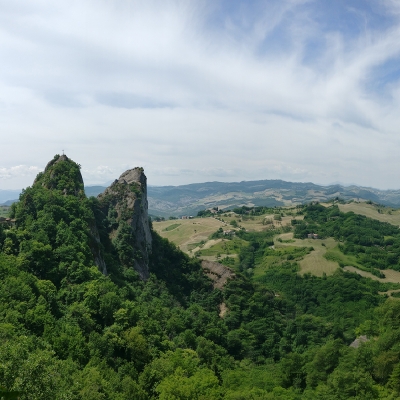
Vivi la natura di Marano, Guiglia e Zocca. Un parco naturale ricco di flora e fauna, con guglie di arenaria che spiccano sul paesaggio
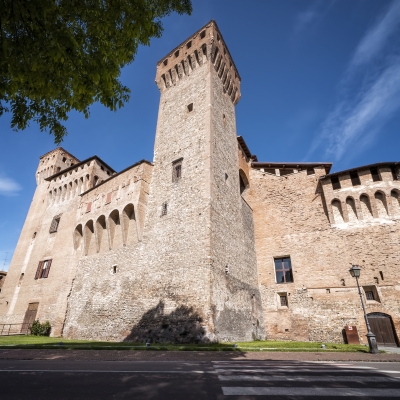
Il simbolo storico e culturale di Vignola
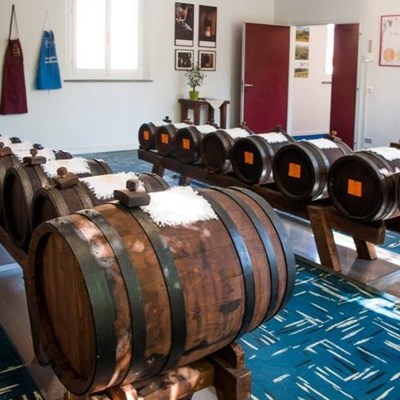
Tutti i segreti dell'Oro Nero modenese
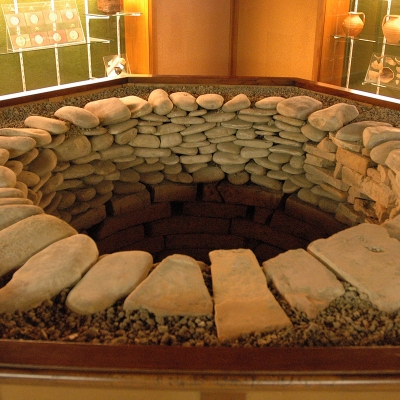
Un viaggio nella storia archeologica di Spilamberto
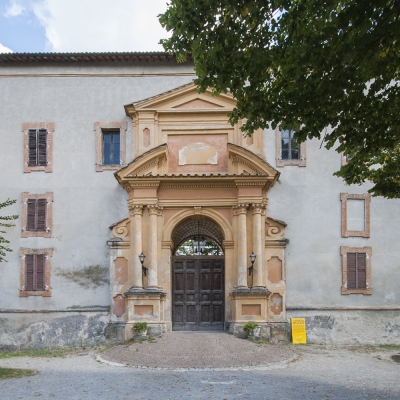
La sontuosa residenza estiva dei marchesi Montecuccoli
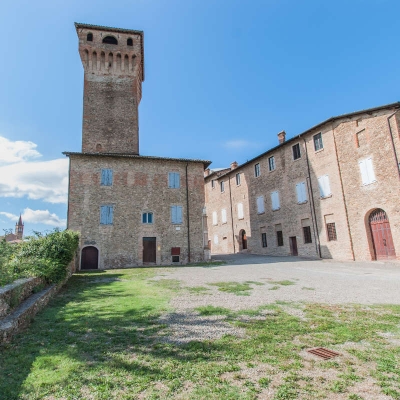
Un antico Castello con vista sulle colline
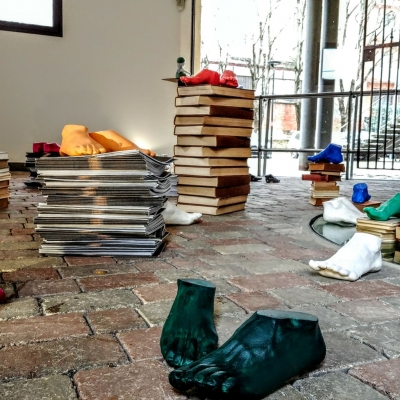
The civic tower of Castelnuovo Rangone, called Torrione, dates to the 15th century and is the main monument of the town. It is a testimony to the ancient castle built here in the tenth century.
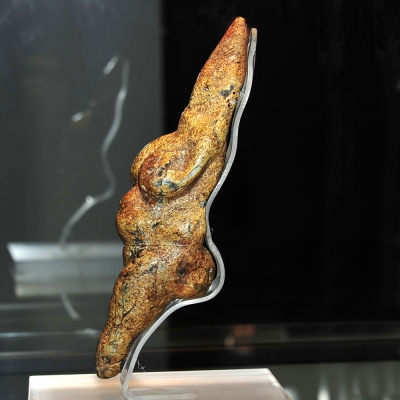
La Venere di Savignano e un esemplare di Elefante Mammuthus: sono questi i protagonisti attorno a cui ruotano i due musei di Savignano sul Panaro. Entrambi sono legati a ritrovamenti archeologici fatti nella zona, popolata fin da tempi antichissimi.
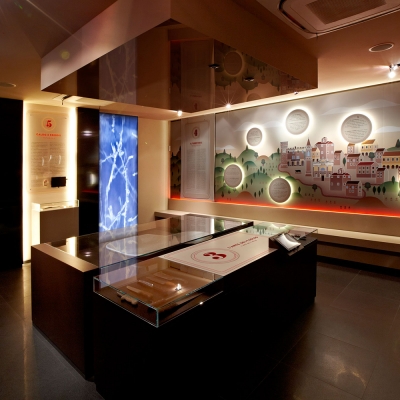
Museo della Salumeria – a unique museum for a delightful experience!
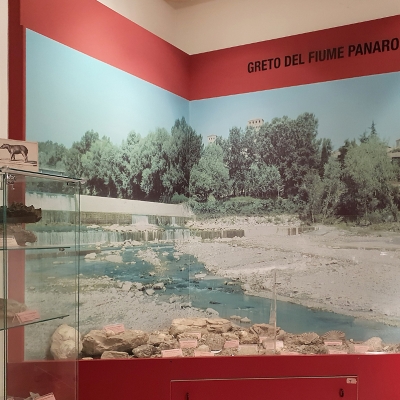
Due percorsi: geo-mineralogico e paleontologico per scoprire la storia della Valle del Panaro
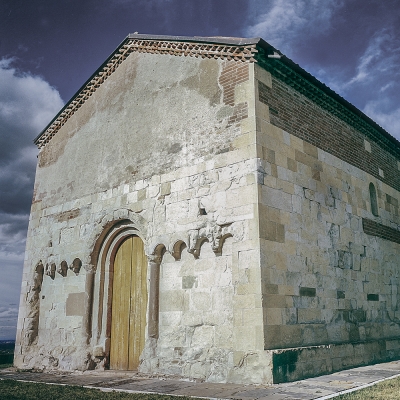
Sulle Colline di Castelvetro un antico Oratorio con vista mozzafiato
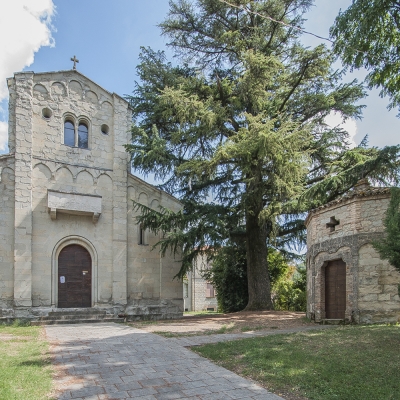
Un'antica Pieve romanica nel cuore dell'Appennino modenese
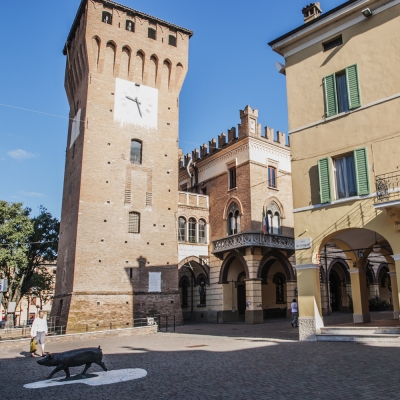
Castelnuovo Rangone is at the same time an ancient and modern village, with a strong vocation for the food industry.
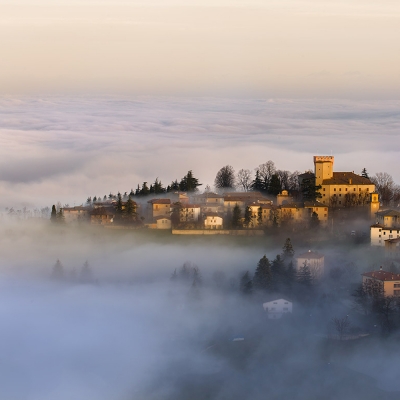
Guiglia overlooks the hills and the Emilian plain, surrounded by traces of its long history and a natural park.
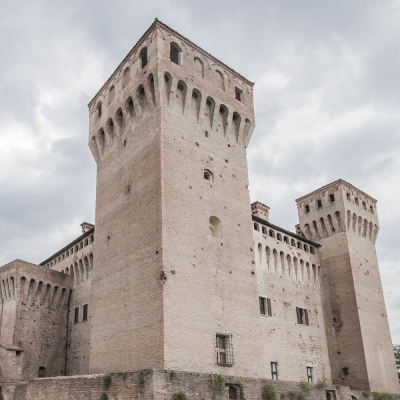
Vignola is home to the black cherry and the famous fifteenth-century fortress that dominates the city.
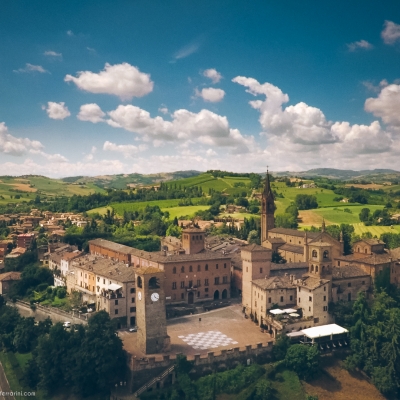
Castelvetro di Modena is a medieval village full of charm, against the backdrop of the hills where Lambrusco Grasparossa is produced.
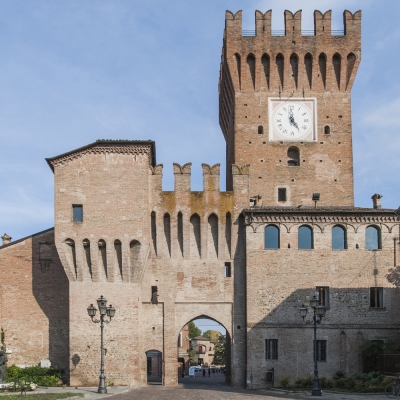
Spilamberto is an ancient town located on Via Romea and venue for a museum dedicated to Traditional Balsamic Vinegar, the most prized product of the area.
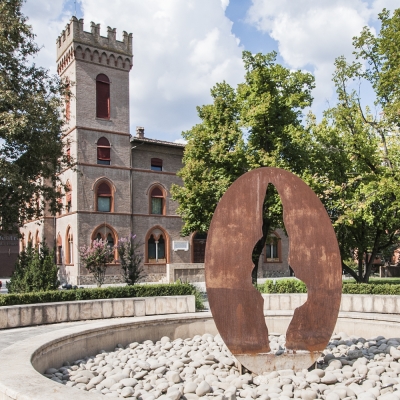
Savignano sul Panaro is a municipality of important archaeological finds and the production of eleven DOC wines.